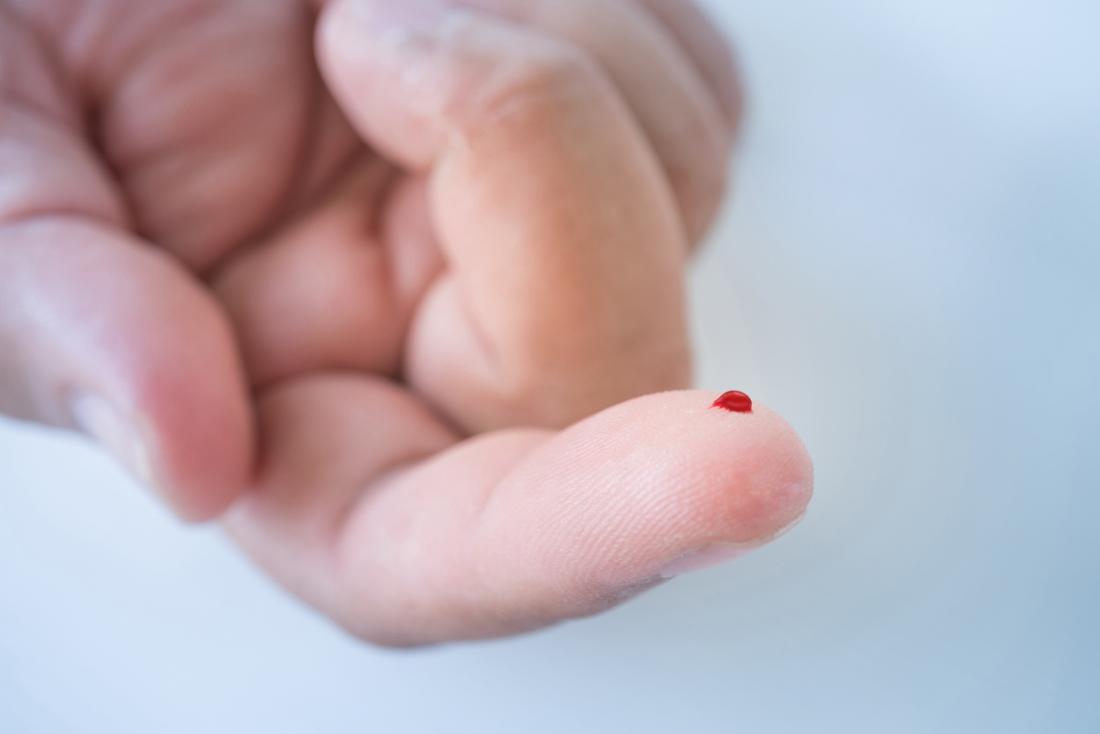
A felon is a severe infection of the pulpy tip of a finger, usually caused by infection with Staphylococcus Fingertip pulp is divided into numerous small compartments by vertical septa that stabilize the pad. Infection occurring within these compartments can lead to abscess formation, edema, and rapid development of increased pressure in a closed space. This increased pressure may compromise blood flow and lead to necrosis of the skin and pulp. |
A felon usually is caused by inoculation of bacteria into the fingertip through a penetrating trauma. The most commonly affected digits are the thumb and index finger. Common predisposing causes include Splinters, Abrasions, |
Bone and soft tissue radiographs should be obtained to evaluate for a foreign body If diagnosed in the early stages of cellulitis, Tetanus prophylaxis should be administered when necessary. Incision techniques not recommended include the “fish-mouth” incision, the “hockey stick” (or “J”) incision, and the transverse palmar incision. These incisions are more likely to result in painful, sensitive scars and damage to neurovascular structures. Consult a hand surgeon for more complex cases. |
